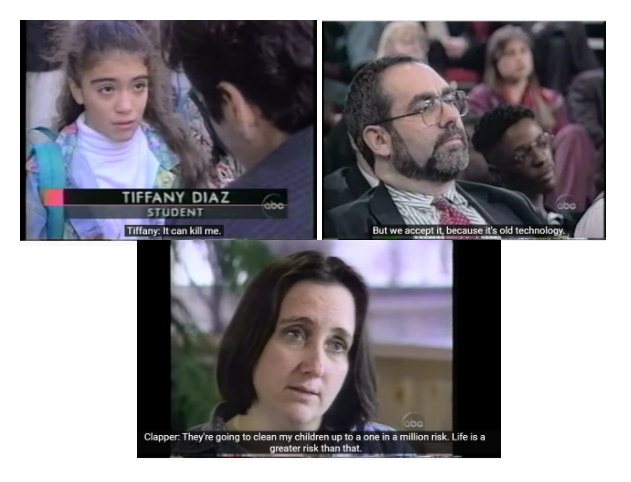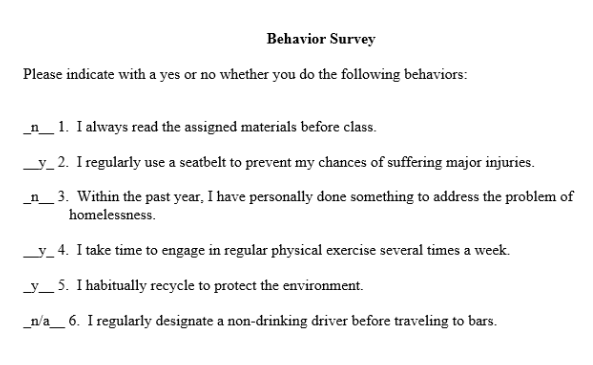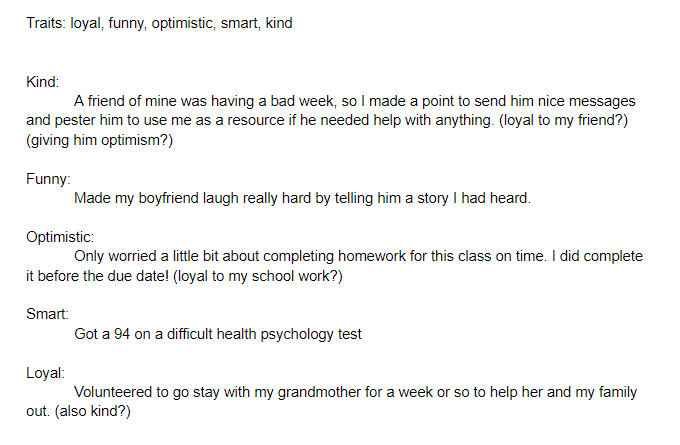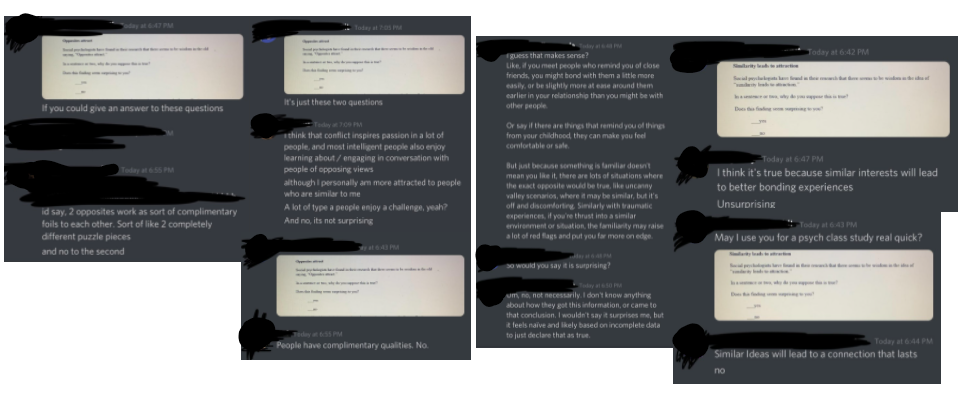Artifact 5

These screenshots stood out to me in particular. The first one was during the discussion of asbestos in a school. The school was shut down to remove it, even though that wasn’t scientifically necessary. This stuck out to me because of the well meaning fear. The parents obviously cared about their children’s safety, which is why they protested for its removal, and told their children what to worry about. While the little girl should not have had to worry about that, she is because someone cared for her. The availability heuristic may say that asbestos kills, that however doesn’t mean it is frequent, in fact other countries don’t have as wide a ban as the United States. It just goes to show that you should always question why you think things, and do research to have an informed opinion.
The middle screenshot is about the town with the lead in the soil. I did find that part interesting due to the fact no one bothered to check if the lead was really affecting people. The conclusion drawn at the end seems very reasonable, monitoring the children and putting another layer of dirt on top. It was sad to see that there was more emphasis on that than the poor infrastructure of the town.
The phrase “its old technology” was reminiscent of the status quo heuristic. The old technology which is some level of dangerous was perceived as acceptable because it’s the devil we know. The host did a good job at presenting the everyday things as a danger to society. Overall it is of course preferable to have no deaths and to take precautions we can, there is an inherent risk to living. The status quo may be more comfortable, but to progress there will have to be risks taken, as safely as we can.
Artifact 4

Of all the statements presented in the questionnaire, I agreed with all of them. The only one that I register with dissonance would be reading the assigned materials before class. I know that It would be helpful for me too, but I tend to put it off for last minute skimming. Dissonance occurs when our beliefs and behaviors don’t align. This causes distress due to the lack of connection we feel with ourselves. With my poor reading habits, I know I should, but I don’t a lot of times despite my value of school and education. This dissonance causes me to feel a sort of imposter syndrome, like I don’t belong because I don’t act on my supposed prioritization of school. I try to eliminate this feeling by completing the readings before class. I accomplish this by pairing it with another activity. This is why I do my assigned readings at the gym while doing my cardio.
Artifact 3

This item was interesting to compete alongside the second assignment, which was about the self-concept versus self- presentation. Through my completion of that assignment, I realized that my self- concept and self- presentation did not line up as perfectly as I imagined it would. The second assignment had me looking at photos of myself, and showing what it is I value based on what I choose to take pictures of. This was another interesting way to look at my values and how they line up with my self- concept and self- presentation, as it was through the tracking of my behavior in a day to day setting.
As shown through my commentary in the image, there is some overlap between almost every instance. For instance, loyalty is not only shown in its own category, but also in optimism and kindness. Kindness also overlaps with optimism as well as the aforementioned loyalty. It could be argued that funny might overlap with smart as well, as it does take a level of intelligence to be intentionally funny.
I think my behavior between situations was consistent not only with itself, but with my self-concept and self-presentation.
Artifact 2

As shown in my frequency table, vastly more people who are categorized as happy are also unselfish. This could be because of the strong ties between selflessness and happiness as discussed with prosocial behavior. For instance, when talking about the empathy- altruism theory, unselfish behavior and happiness can become a sort of feedback loop. Someone does a kind action for someone else, which causes the helper to feel better about themselves, making them in turn feel happier due to this kind behavior. This reward for the kind behavior makes it more likely the unselfish behavior will be replicated in the future.
Interestingly there is a larger amount of unselfish, unhappy people than might be expected, with just one less than the happy unselfish category. My personal theory for this is it might have something to do with a larger access to prosocial models. Most of the people in this category are also gen z, whereas the people in the happy unselfish section hold more people from gen x. Gen z has grown up with the internet and globalization ideals, making unselfish community/ collective oriented behavior more common among that age group, despite personal happiness. Another explanation for this could come down to therapeutic intervention. The people within this group are all part of some therapeutic program where community activity has been encouraged. This encouragement could be hoping to tap into the negative-state relief theory, where good deeds will act as a mood booster for these people, among other things.
Artifact 1
I sent a few of the questions to my friends on Discord (instant messaging program) and asked for their responses (names blurred for privacy as they are personal accounts). Everyone was pretty quick to conclude it was factual. This is a good exercise in fact checking, and to be sure to think through the information you get presented. Two out of the six responses (both different prompts) approached the subject with some apprehension, but still readily accepted it as fact.
While this might not have been what was being tested for, it reminds me of the studies done on authority. The set up of the question poses that each ‘fact’ is indisputable, as it states that they are directly, asks the participant why they feel that it’s true, then asks if they agree. The flow of the questions I feel imposes an authority on the participants. As shown in my surveys, while two of the participants showed hesitation, they still accepted the statement as fact. This assignment was interesting to complete for both of these reasons.
The visual image for this item is the survey responses. The same prompts are grouped together.
